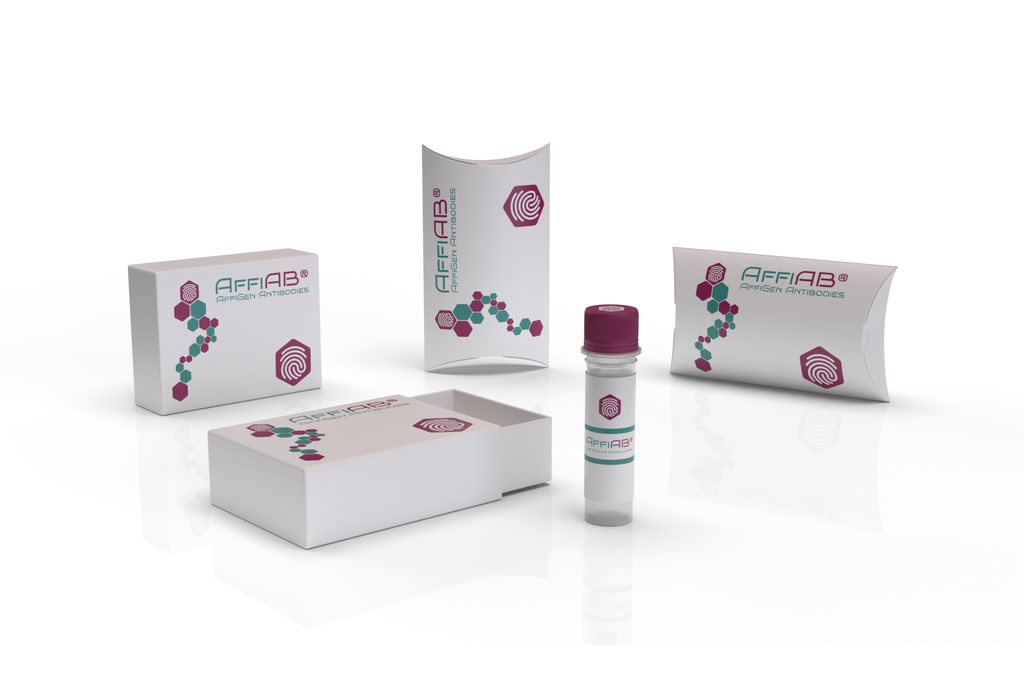AffiAB® Anti-GAPDH Antibody
Glyceraldehyde-3-phosphate dehydrogenase (GAPDH) , also called uracil DNA glycosylase, catalyzes the reversible oxidative phosphorylation of glyceraldehyde-3-phosphate in the presence of inorganic phosphate and nicotinamide adenine dinucleotide (NAD) , an important energy-yielding step in carbohydrate metabolism. While GAPDH has long been recognized as playing an integral role in glycolysis, additional functions of GAPDH include acting as a uricil DNA glycosylase, activating transcription, binding RNA and involvement in nuclear RNA export, DNA replication and DNA repair. Expression of GAPDH is upregulated in liver, lung and prostate cancers. GAPDH translocates to the nucleus during apoptosis. GAPDH complexes with neuronal proteins implicated in human neuro-degenerative disorders including the β-Amyloid precursor, Huntingtin and other triplet repeat neuronal disorder proteins.
Antibody type
Rabbit polyclonal Antibody
Uniprot ID
SwissProt: P04406 Human; SwissProt: P16858 Mouse; SwissProt: P04797 Rat
Recombinant
NO
Conjugation
Non-conjugated
Host
Rabbit
Isotype
IgG
Clone
N/A
KO/KD
N/A
Species reactivity
Human, Mouse, Rat
Tested applications
WB, IF-Cell, IHC-P, FC
Predicted species reactivity
N/A
Immunogen
Synthetic peptide within human GAPDH aa 171-226.
Storage
Store at +4°C after thawing. Aliquot store at -20°C or -80°C. Avoid repeated freeze / thaw cycles.
Form
Liquid
Storage buffer
1*PBS (pH7.4) , 0.2% BSA, 50% Glycerol. Preservative: 0.05% Sodium Azide.
Concentration
1 mg/mL.
Purity
Immunogen affinity purified.
Signal pathway
HIF-1 signaling pathway, Neuroscience, Alzheimer disease
Recommended dilutions
WB: 1:2, 000-5, 000; IF-Cell: 1:50-1:200; IHC-P: 1:50-1:200; FC: 1:50-1; 100
Molecular Weight
Predicted band size: 36 kDa
Subcellular location
Cytoskeleton. Cytosol. Nucleus.
Positive control
PC-12, L929, NIH/3T3, F9, mouse liver tissue lysate, human tonsil tissue, human pancreas tissue, mouse testis tissue, MCF-7.
